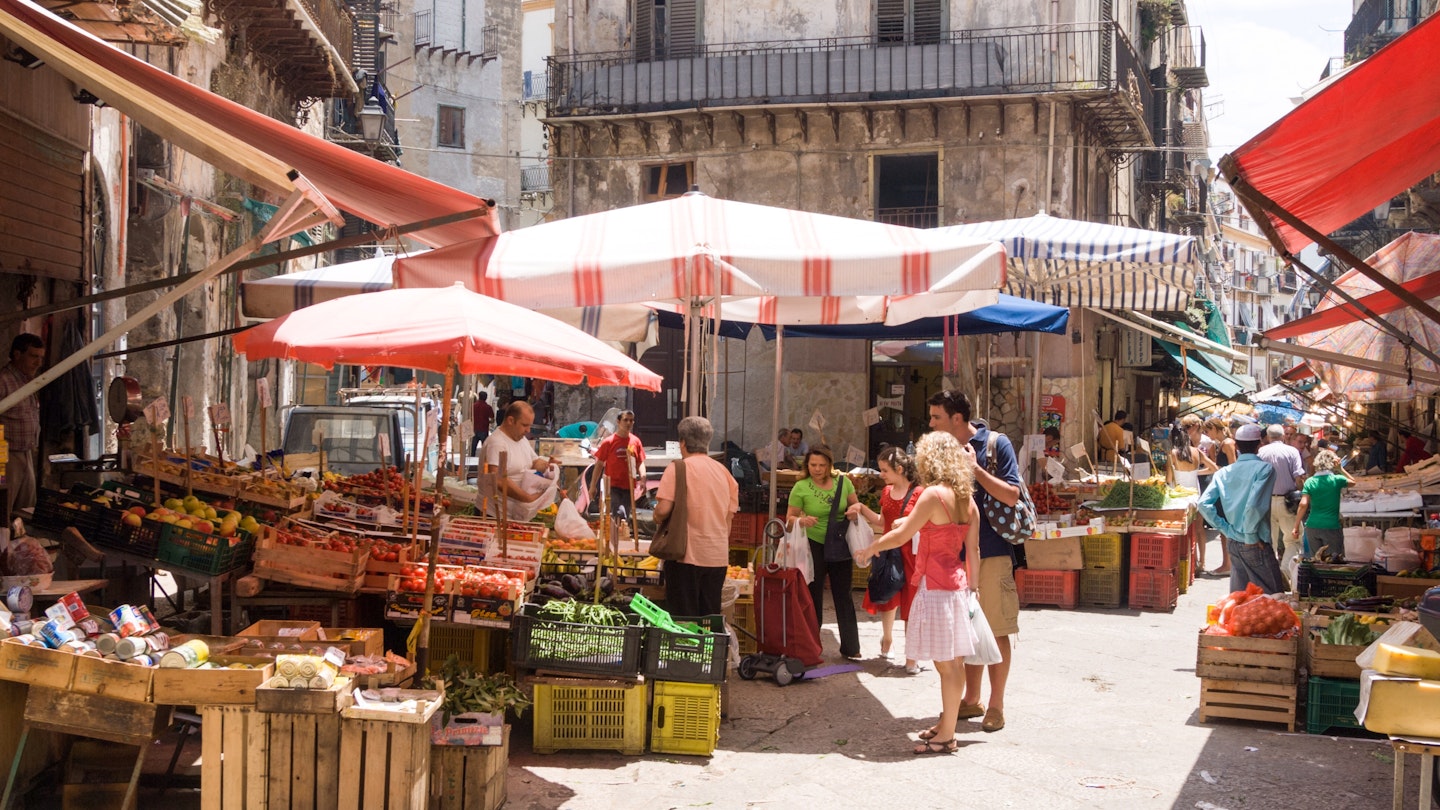Experience the Slow Food Movement in Italy
“Eating is an agricultural act,” said American farmer poet Wendell Berry. This sentiment is reflected in the global culinary phenomenon of the Slow Food movement, which began in a small town in northern Italy. To travel responsibly and eat with intention, follow the philosophy of Slow Food during your next trip to Italy.
From Fast Food to the Slow Food Revolution
Originating from the little town of Bra in Northwestern Italy, Slow Food was a response to the opening of the first McDonald’s in Rome in 1986. This event sparked protests as locals sought to protect their culinary heritage from the onslaught of fast-food culture. The subsequent Slow Food movement aims to ensure access to good, clean, and fair food worldwide, advocating for high-quality ingredients and sustainable agricultural practices.
Eat Seasonally and Sustainably
The philosophy of Slow Food emphasizes the importance of eating seasonally. Many people are accustomed to year-round availability of products in supermarkets, losing sight of seasonal produce. Eating locally sourced food not only reduces your carbon footprint but also supports small-scale farmers. Seek out restaurants with seasonal menus, such as Osteria Santo Stefano in Piacenza or Hosteria Grappolo d’Oro in Rome, which offer delightful daily specials based on local ingredients.
Eat Local to Support Regional Producers
Transportation is a major contributor to greenhouse gas emissions in the food industry. Consequently, Slow Food encourages consumers to eat local. Support small producers by enjoying regional dishes that highlight local flavors. In the Chianti Classico region of Tuscany, visit Osteria Mangiando Mangiando for traditional dishes such as peposo (Tuscan beef stew) or baccalà (cod) sourced from nearby waters.
Engage with Slow Food Experiences
Slow Food also promotes engagement with culinary traditions through its partnerships with local governments and businesses. Participate in Slow Food Experiences that offer cooking lessons and home-cooked meals to immerse yourself in local culture. For example, explore Sicilian black pork sausage with a local chef in Val di Noto or enjoy a home-cooked meal in Positano, along the stunning Amalfi Coast. Local hosts are eager to share their culinary secrets and traditions.
The Best Restaurants are Slow Food Restaurants
Slow Food publishes Osterie d’Italia, an annual guide to restaurants that adhere to the principles of good, clean, and fair food. Notably, you won’t find fancy restaurants here; instead, these eateries offer authentic meals often priced under €35. While in Bra, stop at Ristorante Battaglino to try salsiccia di Bra or agnolotti del plin. Keep an eye out for the Slow Food chiocciola (snail) logo, indicating a commitment to quality dining.
Slow Food Tips
To enjoy the best of Italy’s culinary offerings, follow seasonal produce recommendations: in winter, opt for fennel, oranges, and artichokes; spring brings asparagus, fava beans, and cherries; summer highlights tomatoes and zucchini; while autumn features pumpkins and the famous Alba white truffle. Moreover, limit meat and cheese consumption when possible to support sustainable practices and reduce your environmental impact.




